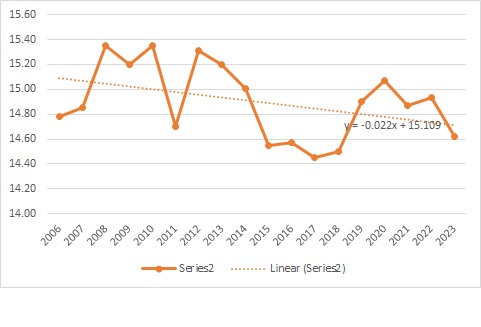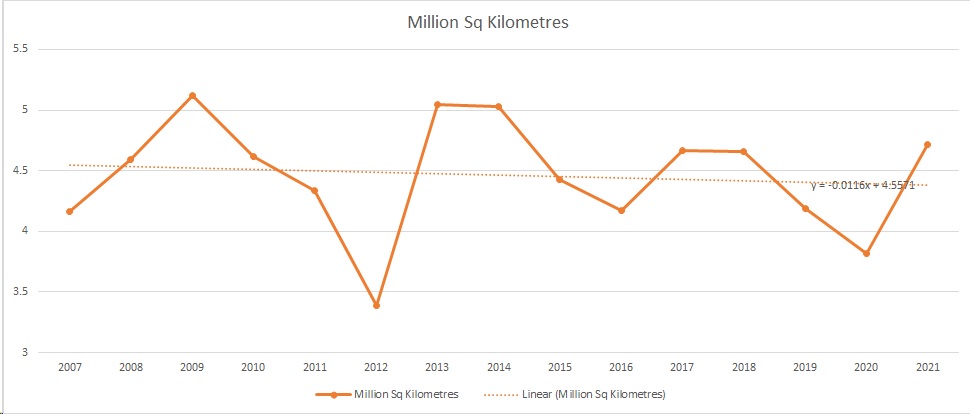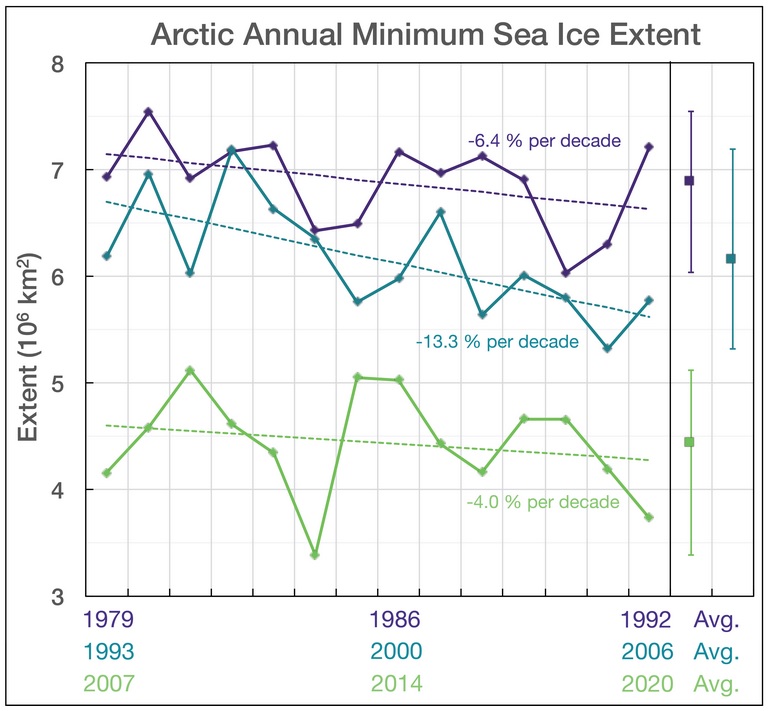The last two year’s [Labour] budget figures from the relevant BEFU (Budget Economic and Fiscal Update) showed that the extra government expenditure during Covid had been baked into every year into the future. This year’s budget, from the 2024 BEFU (Budget Economic and Fiscal Update) does, very slowly, begin to close that gap, although the figures in the first year are actually worse.
The graph below shows actual/budget expenditure (Blue) compared to what it would have been with a 4.5%pa growth rate from the pre-Covid trend (Orange). The last Labour budget is shown in Grey. A 4.5% growth on the pre-Covid trend is extremely generous – no NZ government could reasonably expect the economy to grow at 4.5% indefinitely!

The bottom line here is that government expenditure is roughly 5% higher, as a percentage of GDP, than it was pre-Covid. And the current government has not laid out a plan to return to pre-Covid expenditure levels. The government may well point to; the poor state of the government books, the poor economic outlook, and the uncertain global economic position, as reasons not to reduce government spending now. However, as it stands, this National government are doing as decent impersonation of previous National governments who talked a big game in opposition and then became “Continuity Labour” in office. New Zealanders deserve so much better.







